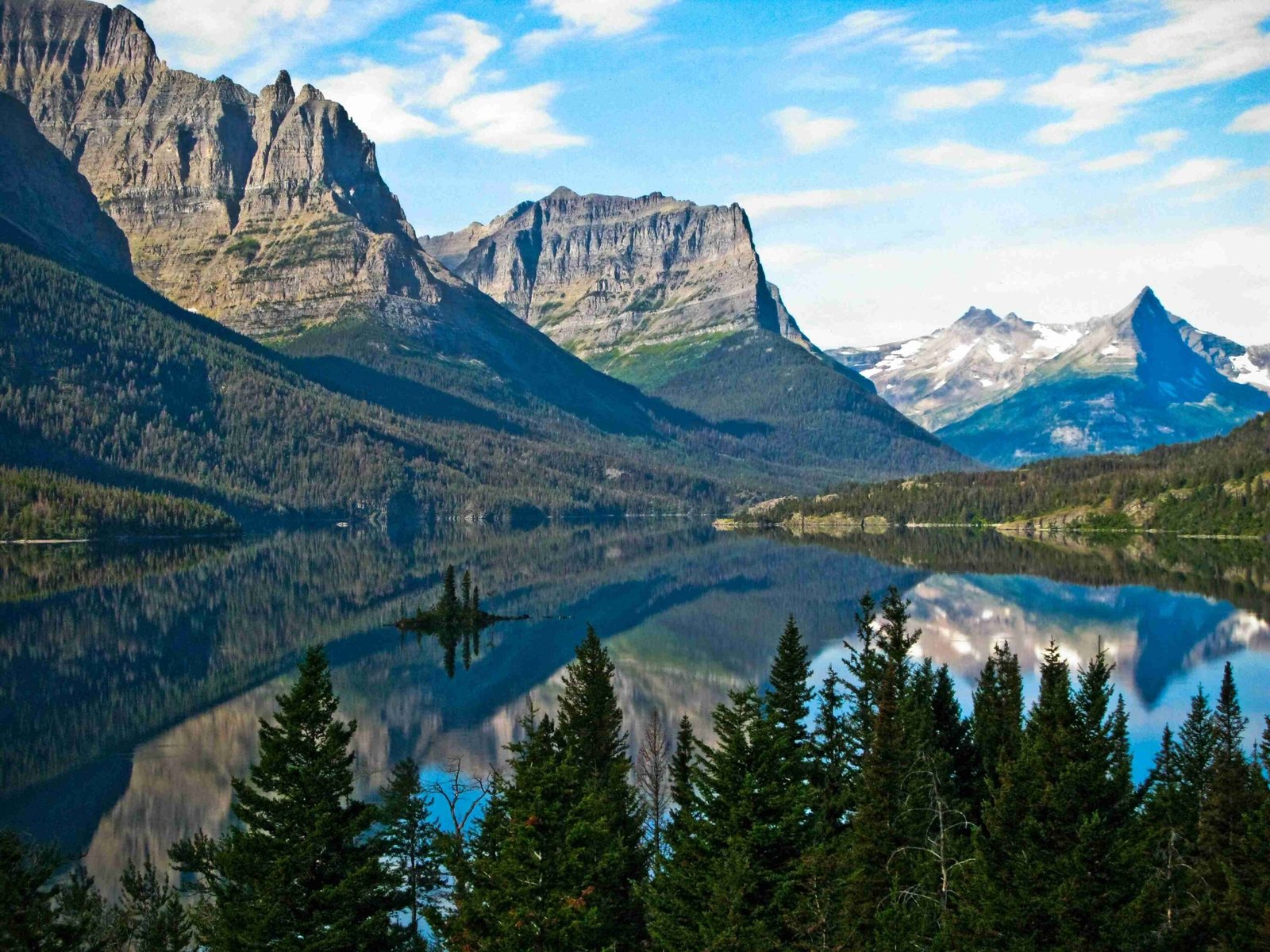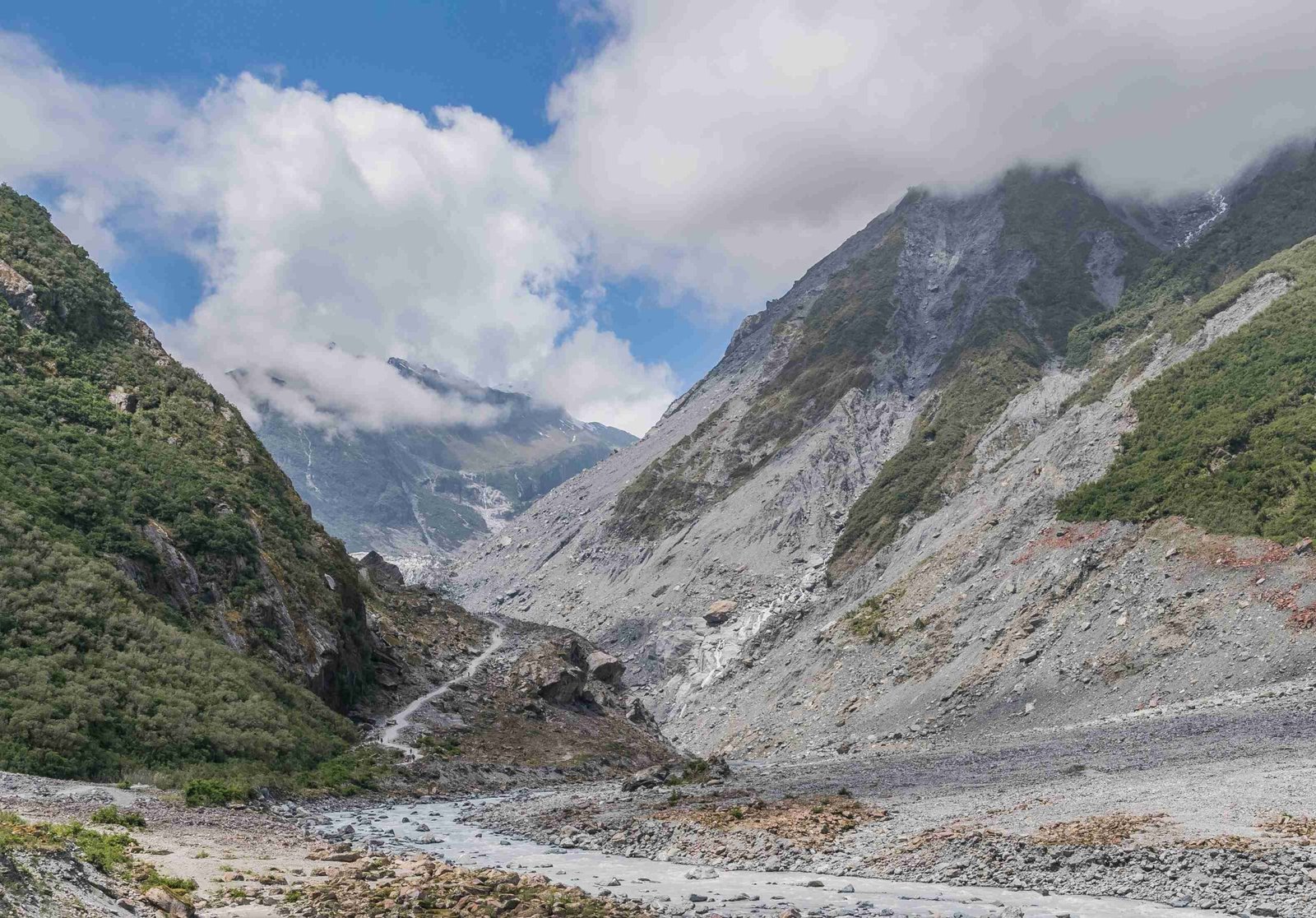Merritt Glacier National Park, located in the northeast corner of Glacier National Park, Montana, is a pristine wilderness area known for its challenging hiking trails, diverse wildlife, and stunning alpine scenery. Mount Merritt, the centerpiece of this region, stands at 10,004 feet (3,049 m) and offers adventurers a chance to experience some of the most remote and rugged terrain in the park. This area is characterized by its glacial features, diverse ecosystems, and opportunities for backcountry exploration.
What Are the Key Features of Merritt Glacier National Park?

Merritt Glacier National Park is renowned for its:
- Challenging hiking and climbing routes
- Diverse wildlife, including grizzly bears and mountain goats
- Pristine alpine lakes, such as Mokowanis Lake
- Stunning views of surrounding peaks like Pyramid Peak
- Remote backcountry camping opportunities
How Can Visitors Access Merritt Glacier National Park?

Access to Merritt Glacier National Park is primarily through the Belly River Trailhead. Here’s a breakdown of the main access points:
- Belly River Trailhead: This is the primary starting point for most hikers and climbers.
- Chief Mountain Customs: An alternative entry point, especially for those coming from Canada.
- Many Glacier area: While not directly accessing Mount Merritt, this area provides access to nearby trails and peaks.
What Are the Best Hiking Trails in Merritt Glacier National Park?
Merritt Glacier National Park offers several challenging hiking trails. Here are some of the most notable:
- Approach to Mokowanis Lake
- Distance: Approximately 14 miles
- Difficulty: Challenging
-
Key Features: Well-maintained trail, scenic views, access to basecamp
-
NE Ridge Route from Mokowanis Lake
- Difficulty: Class III
-
Key Features: Loose rocky terrain, steep scree slopes, potential snow fields
-
Trail to Basecamp at Mokowanis Junction
- Distance: Over 21 km
- Difficulty: Moderate to challenging
- Key Features: Multiple day hike, diverse terrain, backcountry camping
What Camping Options Are Available in Merritt Glacier National Park?
Merritt Glacier National Park offers several backcountry camping options. Here’s a table summarizing the main sites:
| Campsite Name | Distance from Trailhead | Number of Sites | Campfires Allowed |
|---|---|---|---|
| Glenns Lake (Head) | 12.8 miles | 3 | Yes |
| Mokowanis Junction | 13.3 miles | 5 | No |
| Mokowanis Lake | 14.4 miles | 2 | No |
Each campsite offers unique views and experiences, with Mokowanis Lake providing stunning vistas of Pyramid Peak’s east face.
What Wildlife Can Be Seen in Merritt Glacier National Park?
Merritt Glacier National Park is home to a diverse array of wildlife. Visitors may encounter:
- Grizzly bears
- Black bears
- Mountain goats
- Bighorn sheep
- Elk
- Moose
- Various bird species
The best times for wildlife viewing are typically early morning and late afternoon. Higher grounds and meadows around Mount Merritt, particularly near Mokowanis Lake and the NE Ridge, offer good opportunities for spotting wildlife.
What Are the Park Regulations for Merritt Glacier National Park?
When visiting Merritt Glacier National Park, it’s crucial to adhere to park regulations:
- Wildlife Interactions:
- Follow bear safety guidelines
- Carry bear spray
-
Store food properly in designated containers
-
Campfire Restrictions:
- No campfires allowed at Mokowanis Junction and Mokowanis Lake
-
Campfires permitted at Glenns Lake (Head)
-
Backcountry Permits:
- Required for all overnight stays in the backcountry
-
Can be obtained at park visitor centers
-
Leave No Trace:
- Pack out all trash
- Stay on designated trails
- Minimize impact on vegetation and wildlife
What Is the Best Time to Visit Merritt Glacier National Park?
The best time to visit Merritt Glacier National Park depends on your goals:
- Summer (July-August):
- Peak season for hiking and climbing
- Most trails are snow-free
-
Wildflowers in bloom
-
Early Summer (June):
- Snow may still be present on higher trails
- Ice axes and crampons may be necessary
-
Fewer crowds
-
Fall (September-October):
- Beautiful fall colors
- Cooler temperatures
-
Potential for early snowfall
-
Winter (November-May):
- Limited access due to snow
- Opportunities for winter mountaineering and skiing
- Requires advanced skills and equipment
What Gear Is Essential for Hiking in Merritt Glacier National Park?
When preparing for a hike in Merritt Glacier National Park, consider packing:
- Sturdy hiking boots
- Layered clothing for varying temperatures
- Rain gear
- Sun protection (hat, sunscreen, sunglasses)
- First aid kit
- Navigation tools (map, compass, GPS)
- Bear spray
- Water filtration system
- High-energy snacks and meals
- Emergency shelter (tent or bivy sack)
For more technical routes or early season hikes, you may also need:
- Ice axe
- Crampons
- Helmet
- Climbing harness and rope
How Can Visitors Prepare for the Challenges of Merritt Glacier National Park?
Preparing for a trip to Merritt Glacier National Park involves several key steps:
- Physical Conditioning:
- Build endurance through regular cardio exercises
- Practice hiking with a loaded backpack
-
Incorporate strength training for legs and core
-
Skills Development:
- Learn basic navigation skills
- Practice bear safety techniques
-
Familiarize yourself with Leave No Trace principles
-
Trip Planning:
- Research trail conditions and weather forecasts
- Obtain necessary permits and reservations
-
Plan a detailed itinerary and share it with someone
-
Mental Preparation:
- Understand the remote nature of the area
- Be prepared for challenging conditions and potential emergencies
- Develop a positive mindset for overcoming obstacles
By thoroughly preparing and respecting the wilderness, visitors can safely enjoy the breathtaking beauty and unique challenges of Merritt Glacier National Park.